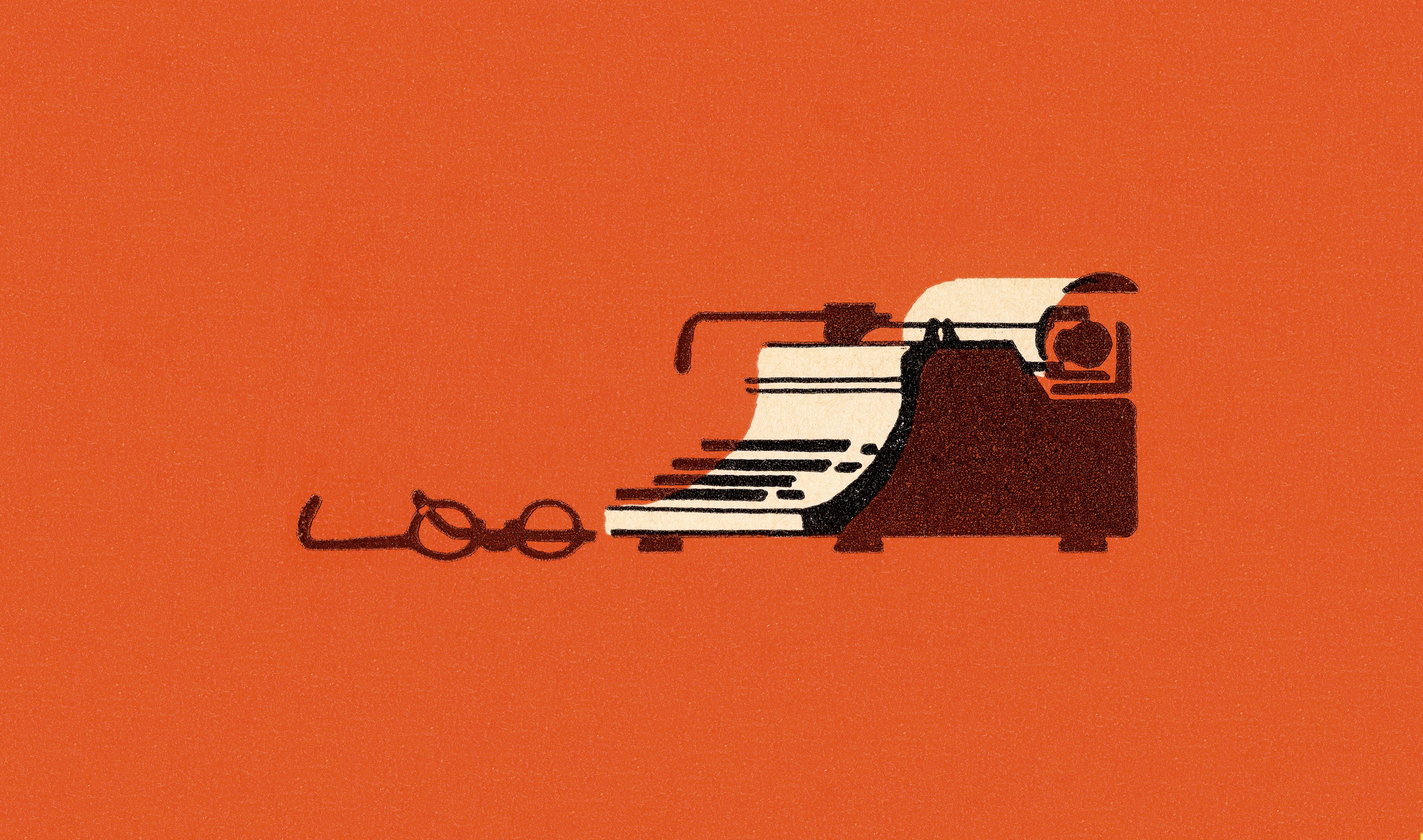Quick show of hands: How many of you Designers are guilty of using lorem ipsum in your mockups? If you didn’t raise your hand, you’re lying.
As Designers, it’s easy to get lost in a wash of gradients, illustrations, and typography — forgetting that copywriting and web design should work together. After all, they’re two peas in a pod; each influencing and elevating the success of the other.
How you ask? It’s actually quite simple. When done well, both copywriting and web design have the ability to persuade someone to take action. Good copy leads to good design which leads to a better product experience. Here are a few reasons to consider copy at the beginning of every design project.
Copywriting helps tell the complete story
Let’s say your company is launching a new product. They ask you to design a marketing site that will persuade potential customers to buy your product.
You open up Sketch and get heads down on a slick, interactive landing page that is sure to capture attention and draw people in. And you go nuts. From your creative brain a breathtaking concept emerges full of gradients, drop shadows, illustrations, animations… the whole shebang. It looks gorgeous, you can’t wait to show the Marketing Department what you’ve come up with!

They love me! They really love me!
Presentation day comes and you puff out your chest, proudly presenting your creation to the team. As everyone starts to look over your work, you get a funny feeling in the pit of your stomach. You can’t help but think something isn’t right. You look around the room. No one else seems to be sharing your enthusiasm for this incredible, one-of-a-kind masterpiece you’ve placed before them. And then it sinks in.
It’s in that moment that you realize you’ve created something beautiful, not something useful.
You’ve been so wrapped up in creating a beautiful, Dribbble-worthy landing page that you forgot the incentive. And then comes the barrage of questions.
“What’s the draw to the customer? Why is this better than a competitor’s product? Why would anyone care about your new product when you haven’t explained any of the benefits? What’s the call to action?”
It’s in that moment that you realize you’ve created something beautiful, not something useful. You’ve forgotten a key component. The ying to your design’s yang—actionable and focused copy.
Copywriting influences behavior (and design)
Copy written with intention and focus is the glue that binds solid design practice with purposeful persuasion. When you start a design project, it’s helpful to have copy that keeps the end user/customer at the forefront. Consider these three ways good copy translates to good design:
- It let’s the user know you understand their needs
- It explains how the product will benefit the user
- It tells the user what the next steps are
If you’re a designer that starts to visualize solutions immediately, it shouldn’t be hard for you to begin laying out a marketing page in your mind. Think about it this way: If the copy is the voice, then the design is the personality.
As an aside, we realize that copywriting might not come naturally to all Designers. That’s where Nicole Felton comes in. We worked with Nicole a few years back and she lead us down a path to copywriting enlightenment. For Designers new to copywriting or wanting to sharpen their skills, her book Nicely Said: Writing for the Web with Style and Purpose” is a must read.
Copywriting deserves a seat at the table
We’ve worked with a lot of companies that want to jump straight in to visual design before considering their message. These projects usually end up one of two ways: back at the drawing board or complete disasters.
Take it from us—spend the time up front to work with a designer or copywriter that respects and appreciates the impact of copy on a project. Copy, message, and tone should never be an after thought. They deserve a seat at the table through every step of the design/development process. After all: the message is the medium.


